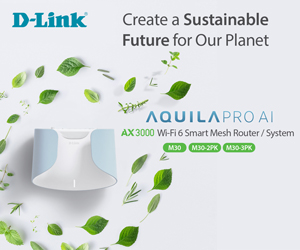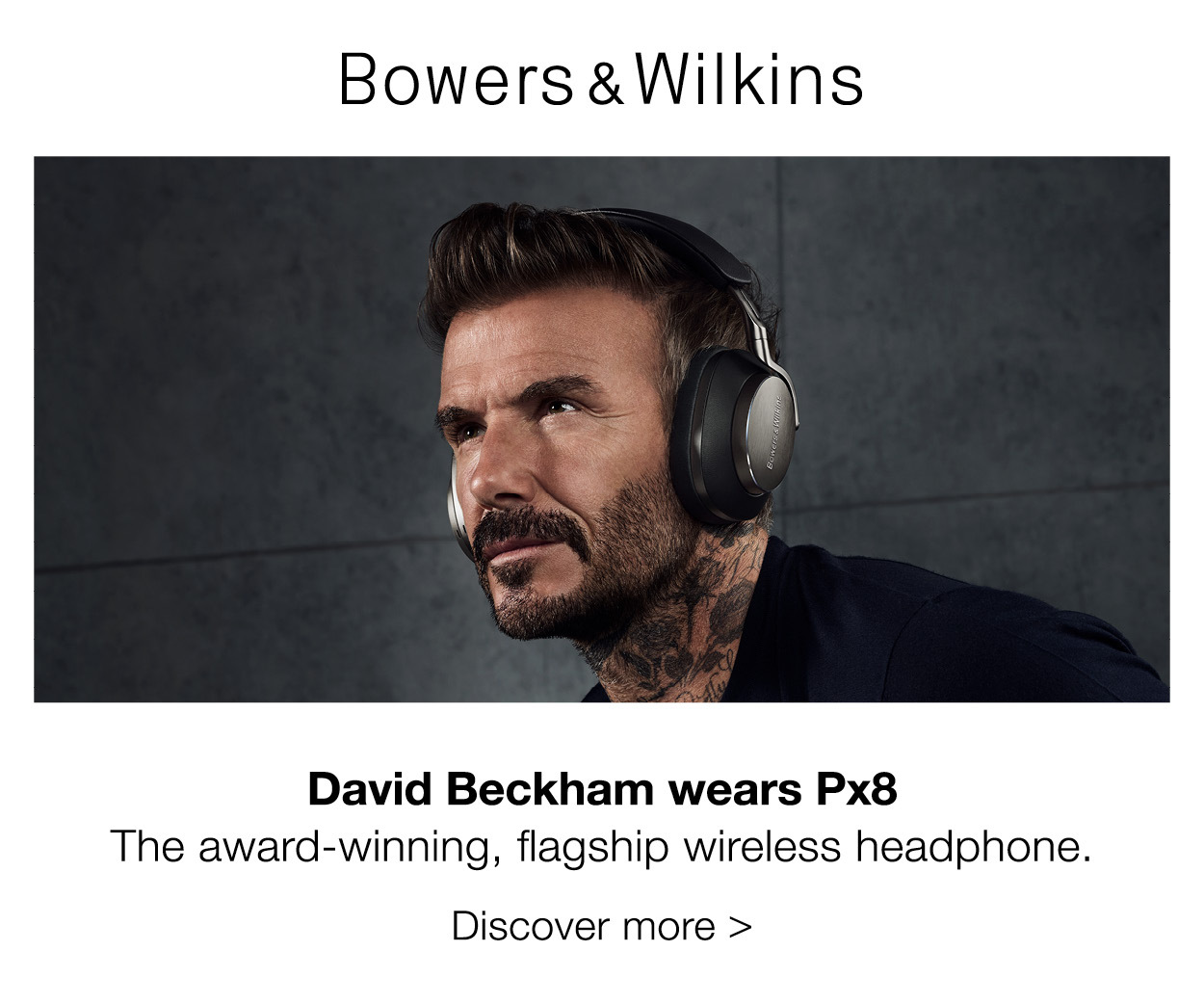![]()
The HTC Touch Dual is a new phone by the creators of most of the Pocket PC and Windows Mobile hardware out there today: HTC. Up until recently, HTC has supplied companies like HP, i-mate, and many others with the technology necessary to bring out devices like the legendary iPaq. Last year, HTC took their Windows Mobile touch expertise and shifted it away from prying eyes. They created the HTC Touch, a Pocket PC phone that exuded style and came with a screen & a piece of software that could tell the difference between a finger stroke and a stylus stroke. Using HTC’s TouchFLO meant that instead of needing to pull out the stylus every time you wanted to do something, you could make a broad stroke with your finger tip and the phone could react without any real problem.
Touch phones still haven’t made a big splash in Australia yet and sadly there isn’t a lot of choice. If you’re after one of the touch-based devices like the iPhone and you’re not satisfied with what’s out there, maybe you should take a gander as to what I’ve been playing with for the past couple of weeks.
The HTC Touch Dual is a new phone by the creators of most of the Pocket PC and Windows Mobile hardware out there today: HTC. Up until recently, HTC has supplied companies like HP, i-mate, and many others with the technology necessary to bring out devices like the legendary iPaq. Last year, HTC took their Windows Mobile touch expertise and shifted it away from prying eyes. They created the HTC Touch, a Pocket PC phone that exuded style and came with a screen & a piece of software that could tell the difference between a finger stroke and a stylus stroke. Using HTC’s TouchFLO meant that instead of needing to pull out the stylus every time you wanted to do something, you could make a broad stroke with your finger tip and the phone could react without any real problem.
Well now HTC have come out with the HTC’s slimmer and button friendly brother, the HTC Touch Dual.
People who have used Windows Mobile based devices without keypads will know the experience of a first time user trying to make a phone call. Simply trying to press the buttons isn’t exactly an inviting experience and it can be made all the more difficult from a lack of any real buttons to push against. But the HTC Touch Dual does away with any of these issues by allowing you to slide half of the body down and letting you punch the numbers in with the inbuilt 16 button keypad.
Simply pull down the nicely-constructed slider and you’ll be given a menu to decide what you want to do. If you don’t want to create an SMS or email, you can simply punch in the numbers and make your call. It’s simple and there’s no issue of pausing in between button pressing because of the lack of tactile feedback that most touchscreen phones suffer from.
When you do connect, the sound is excellent. TouchFLO allows you to have up to nine photos of contacts on speed dial while others can be quickly pulled up using Windows Mobile’s contact manager. The difference between that and other devices is that instead of dragging down on the scroll bar with the stylus or directional pad, you’ll be able to flick your finger up and down on the screen and the contact names will fly by at a faster speed allowing you to pick at ease. Being a 3.5G phone, good luck finding some place where the HTC Touch Dual doesn’t work. When the high speed networks aren’t available, it’ll default to GSM networks so taking it with you as you travel around the world shouldn’t be an issue at all.
With a microSD card slot in an easy to find place (on the side of the phone under a rubber holder instead of under the battery like so many other phones) as well as the in-built multimedia nature of Windows Mobile, you’ll quickly find that the HTC Touch Dual is a very flexible phone.
Battery life is fine with the 180-250 hours of standby time being close to what it actually is. I averaged around 200 hours of standby time and while you can get anywhere between 3 and 5 hours of talk time, be aware that the phone starts to get pretty warm after around 20 minutes of talking.
You’ll get access to a 2 megapixel camera with decent software controls on the back as well as the smaller camera on the front meaning that this phone can also be used for proper video calling. If you use it, good for you but be aware that your talk time drops to under 2 hours before the Touch Dual needs a recharge. The camera quality from either end isn’t the best out there, but it does the job.
Areas like the screen though might leave you feeling short-changed though. You’d think that in a world where touch screens were becoming more of a norm, we wouldn’t have to deal with a touch screen that doesn’t perform well under sunlight. The HTC Touch Dual doesn’t deal well with it and there’s no other way around saying the following: it’s impossible to use the HTC Touch Dual in broad daylight when the sun is out.
Rounding out the flaws are things like a lack of wireless networking connectivity (WiFi) and no GPS whatsoever. The missing GPS is something you can probably live with as that seems to be pretty common, but a Smartphone without some form of wireless networking seems like a waste. In the HTC Touch Dual, you’re forced to use your telephone plan to access the web and while I can see that they probably sacrificed WiFi for how thin the device is, I still can’t help think that the HTC Touch Dual would really have benefited from some form of networking.
The last issue is something that sort of leaves a sour taste in my mouth. The HTC Touch Dual is brilliant in its simple design because it is just that: simple. As a result, there’s only one port on the side for you to plug things into: a USB port. And while it’s a step better than other manufacturers like Sony Ericsson who use their proprietary pop ports, telling me that I need to use headphones with a USB port doesn’t go unnoticed. Especially when you’re only giving me earbuds instead of a remote that I can plug my own headphones into. As a result, if you plan to use the HTC Touch Dual as an mp3 player, you’ll need to settle for either a Bluetooth headset or their bland headphones.
I actually don’t have a problem with the USB port being the only input and output on the HTC Touch. Next time though I think that HTC should include a remote that we can plug our own headphones into as that would make a lot more sense.
Other than that, the phone is actually pretty good. A couple of random glitches were experienced where the phone stopped emitting sound at points, but they were quickly put down to a likely Windows Mobile issue and software resets solved them easily.
If you can excuse some of the flaws – most of them minor – and you’re after a touch-based mobile that doesn’t take long to learn, the HTC Touch Dual is an excellent choice to take a look at. I’d head to a store and see what it’s like in your hands because if you’re someone who needs some level of button pushing in your device world, it’s a great handset to have.
Should you buy it?: Since the Apple iPhone isn’t officially on the market in Australia, this is one of the better touch screen devices to own. WiFi would have been nice but if you can live without it, it’s a good bet.
Product: HTC Touch Dual
Vendor: HTC
RRP: $899
Website: HTC Touch Dual







